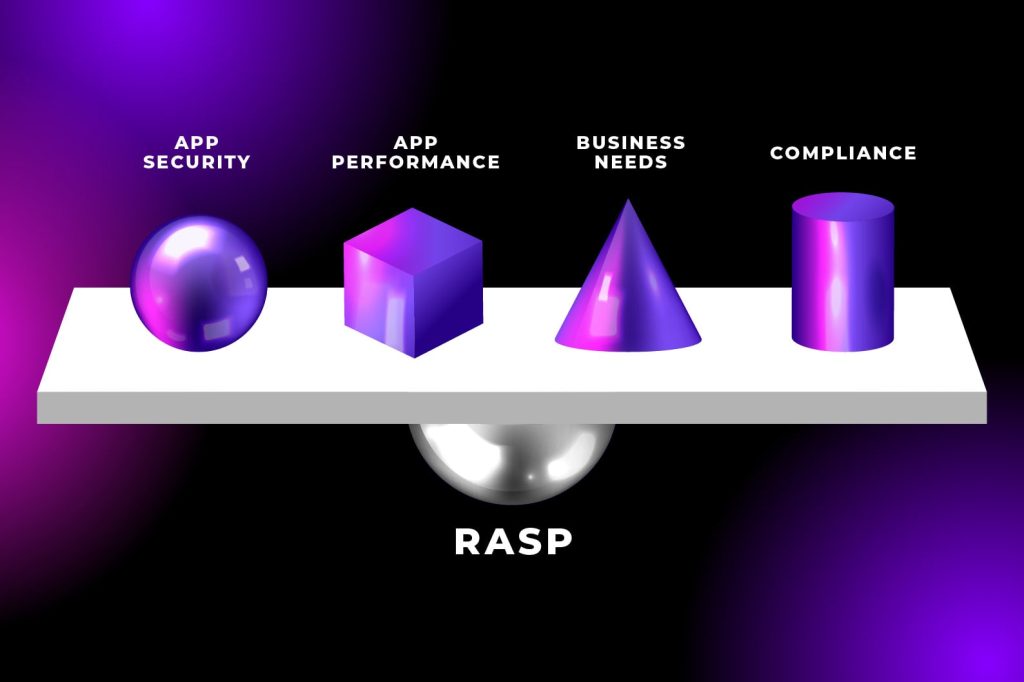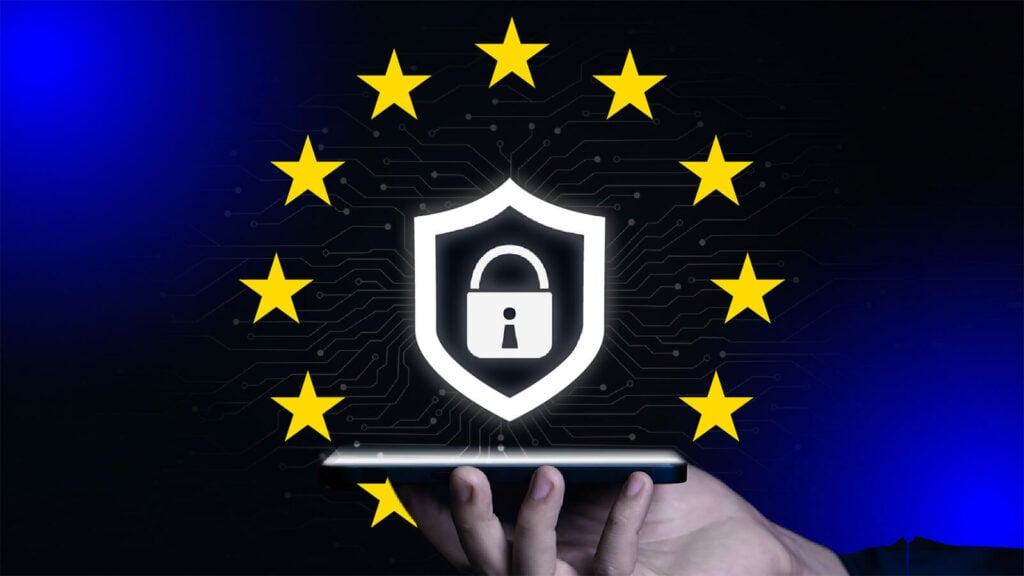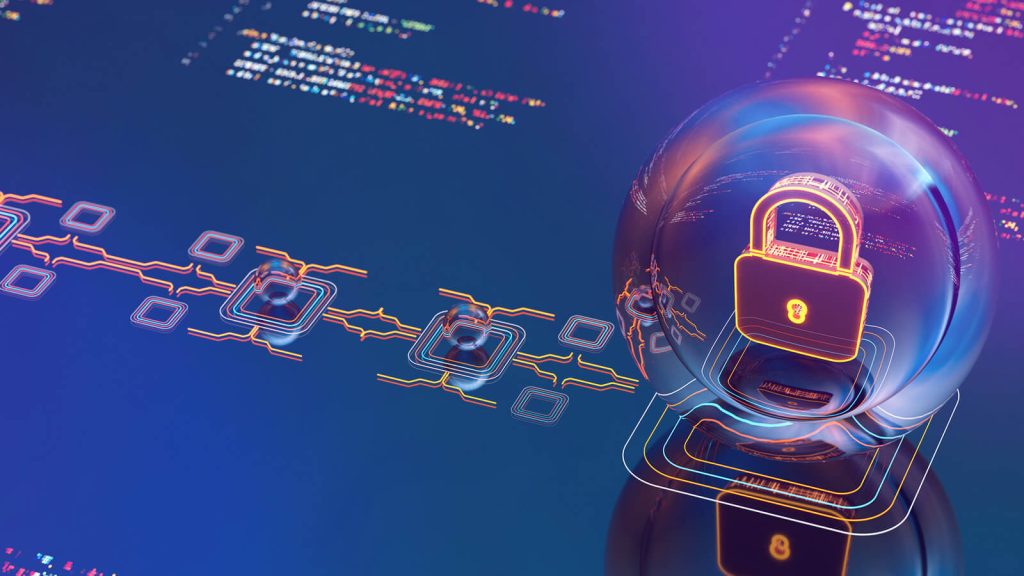Organizations looking to bolster their cybersecurity defenses need solutions tailored to their specific roles and requirements. Verimatrix XTD provides value across several key cybersecurity buyer personas, including CISOs, SOC teams, R&D/engineering groups, and fraud departments.
#1 Cybersecurity role: CISOs
As Chief Information Security Officers, CISOs take a big-picture view of cyber risks and defenses across the organization. They are accountable for safeguarding critical systems and data assets that drive revenue and operations. This makes CISOs key stakeholders for evaluating and selecting new security tools and platforms.
Verimatrix XTD gives CISOs comprehensive visibility into the cyber risk landscape, especially vulnerabilities in public-facing mobile apps, which are often blindspots. With real-time insights into the security posture of the app ecosystem, CISOs can better understand threats and prioritize responses. Automated audits and reports also aid regulatory compliance needs. And by employing powerful AI capabilities to predict, prevent, detect, and respond to potential attacks, CISOs can protect revenue streams from being disrupted.
#2 Cybersecurity role: SOC teams
Security Operations Center (SOC) teams are the frontline defenders who monitor systems and investigate security events 24/7. Their ability to quickly triage incidents and determine the root cause of threats is crucial. SOC analysts need solutions that cut through the noise to focus on truly suspicious events.
Verimatrix XTD streamlines SOC workflows with machine learning that minimizes routine security management overhead. Teams get real-time visibility into mobile app risks so they can take action before threats materialize. In-depth reporting also aids threat analysis, while API access enables risk profiling of users to approve transactions. This empowers SOCs to maximize threat prevention and efficiently address issues.
#3 Cybersecurity role: R&D and Engineering
For organizations developing mobile apps and other software, security is a rising priority. Engineering and product teams aim to build protection in from the start rather than bolt it on later. But traditional code-based security integration can slow release cycles.
With Verimatrix XTD’s zero-code injection, engineering and R&D teams can easily integrate powerful security into app development pipelines with no source code changes. This frictionless approach allows teams to shift security left and address vulnerabilities during agile sprints. XTD also helps accelerate regulatory compliance and speed time-to-market by reducing security bottlenecks.
#4 Cybersecurity role: Fraud departments
Organizations across sectors are locked in an arms race against increasingly sophisticated fraudsters and cybercriminals aiming to steal data and funds. Fraud teams need robust capabilities to detect and respond to threats targeting mobile apps and other systems.
Verimatrix XTD prevents fraud by illuminating blind spots where adversaries may strike. With mobile fraud detection powered by AI, teams can analyze suspicious activities, receive alerts on high-risk transactions, and take action before fraud occurs. By continuously monitoring apps and infrastructure for anomalies, XTD acts as an early warning system against attacks to prevent revenue and data loss.
Conclusion
Cybersecurity leaders have distinct priorities based on their roles and KPIs. Verimatrix XTD provides value to key personas like CISOs, SOC teams, developers, and fraud fighters. With powerful AI to secure mobile apps and connected systems, XTD gives teams the right data and tools to tackle threats and minimize business disruption from breaches. To learn more about how XTD can help your organization, contact our cybersecurity specialists today.





